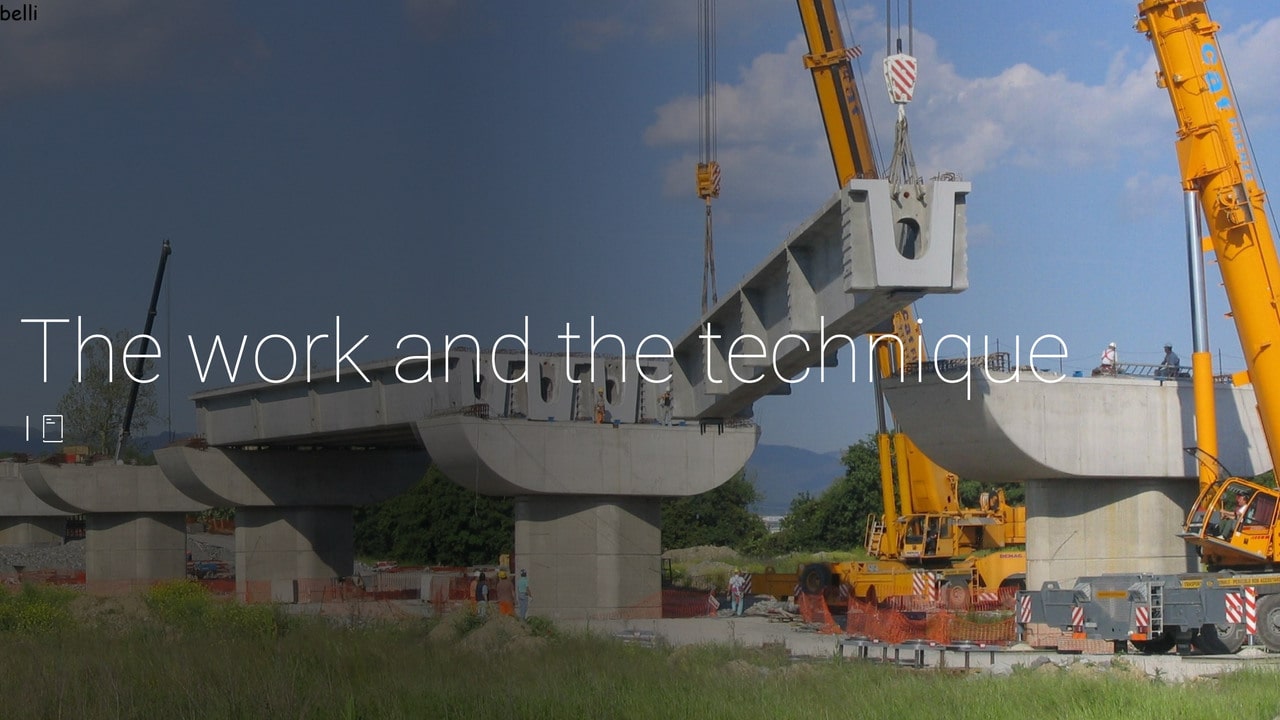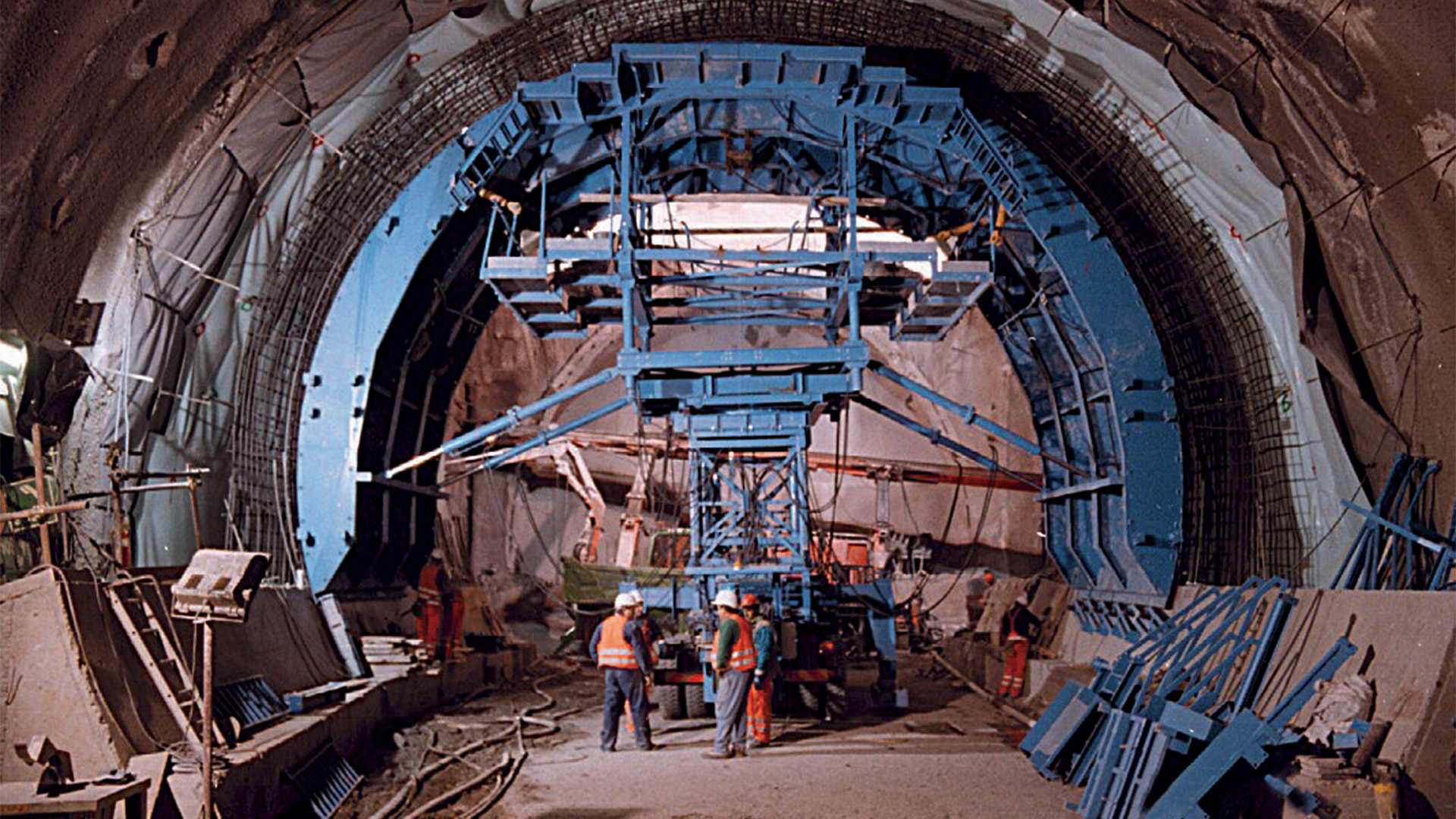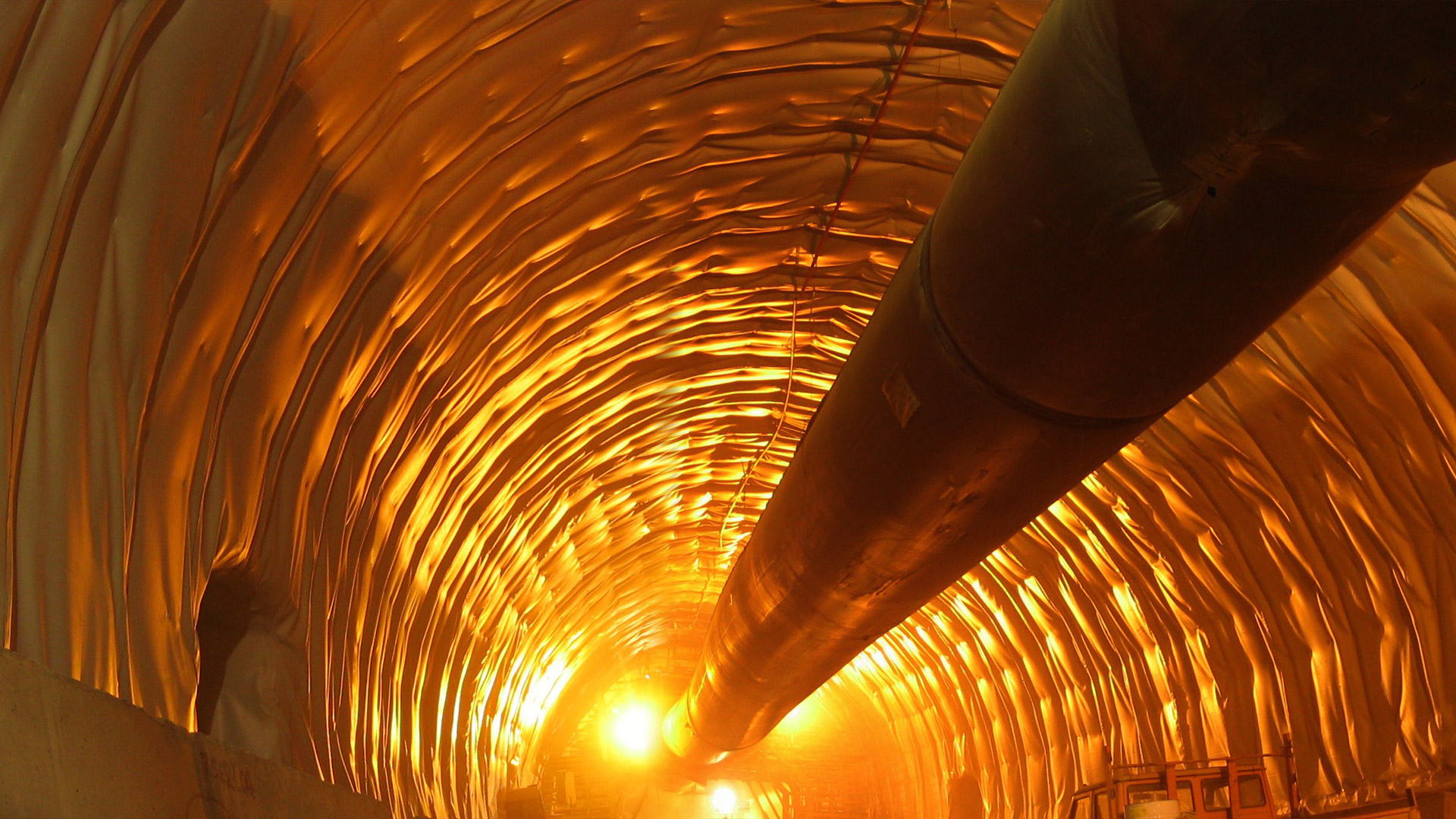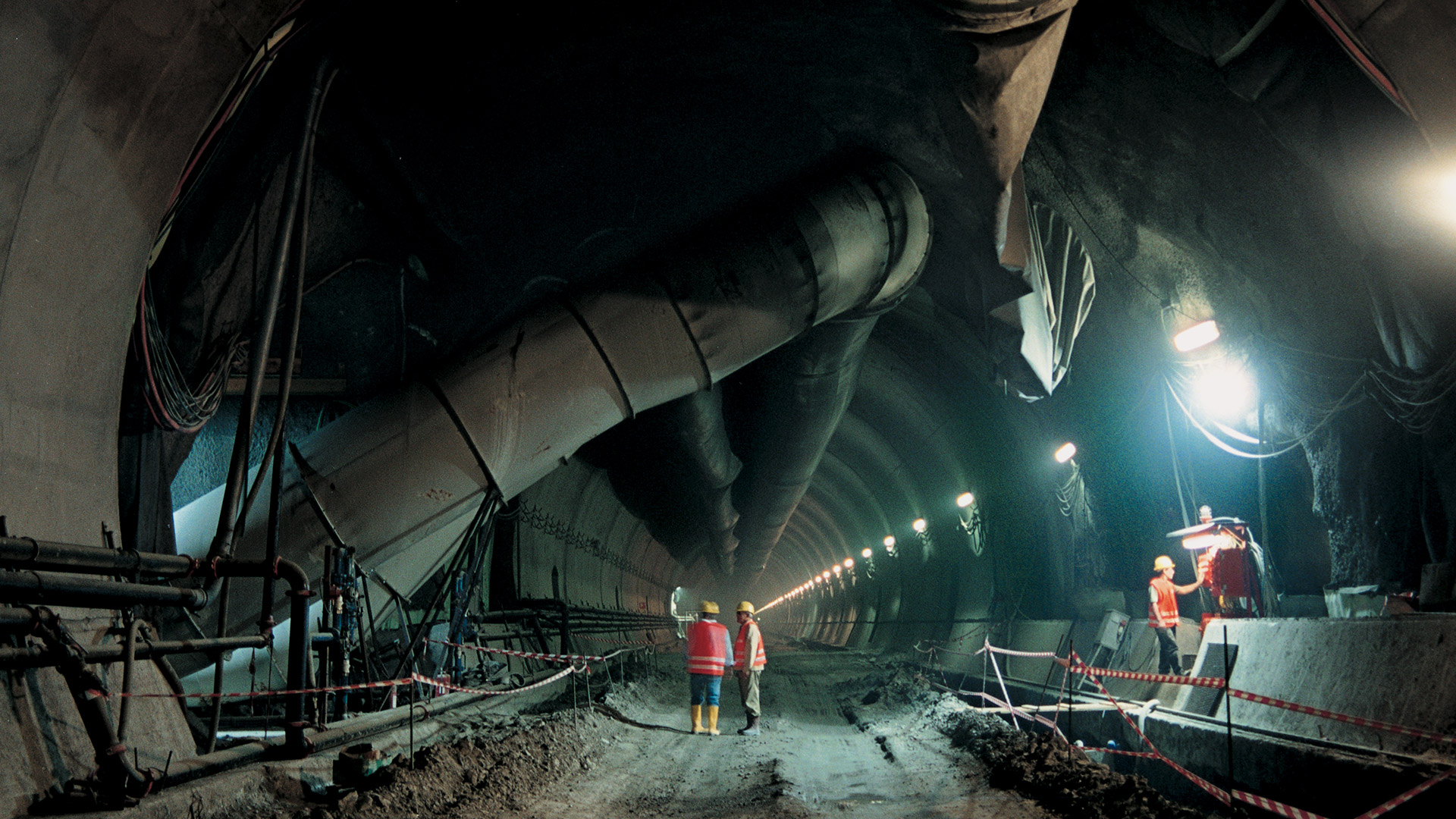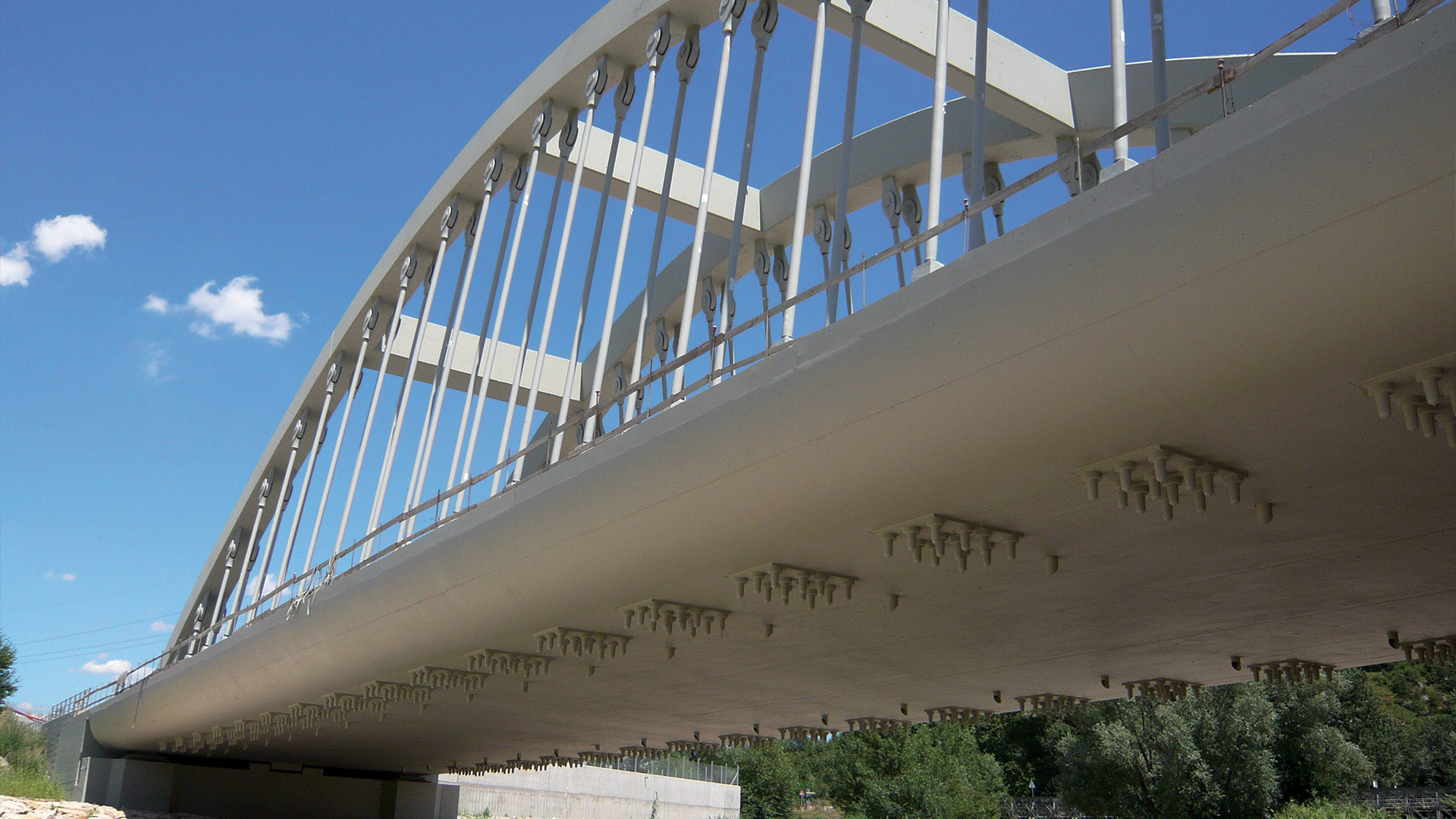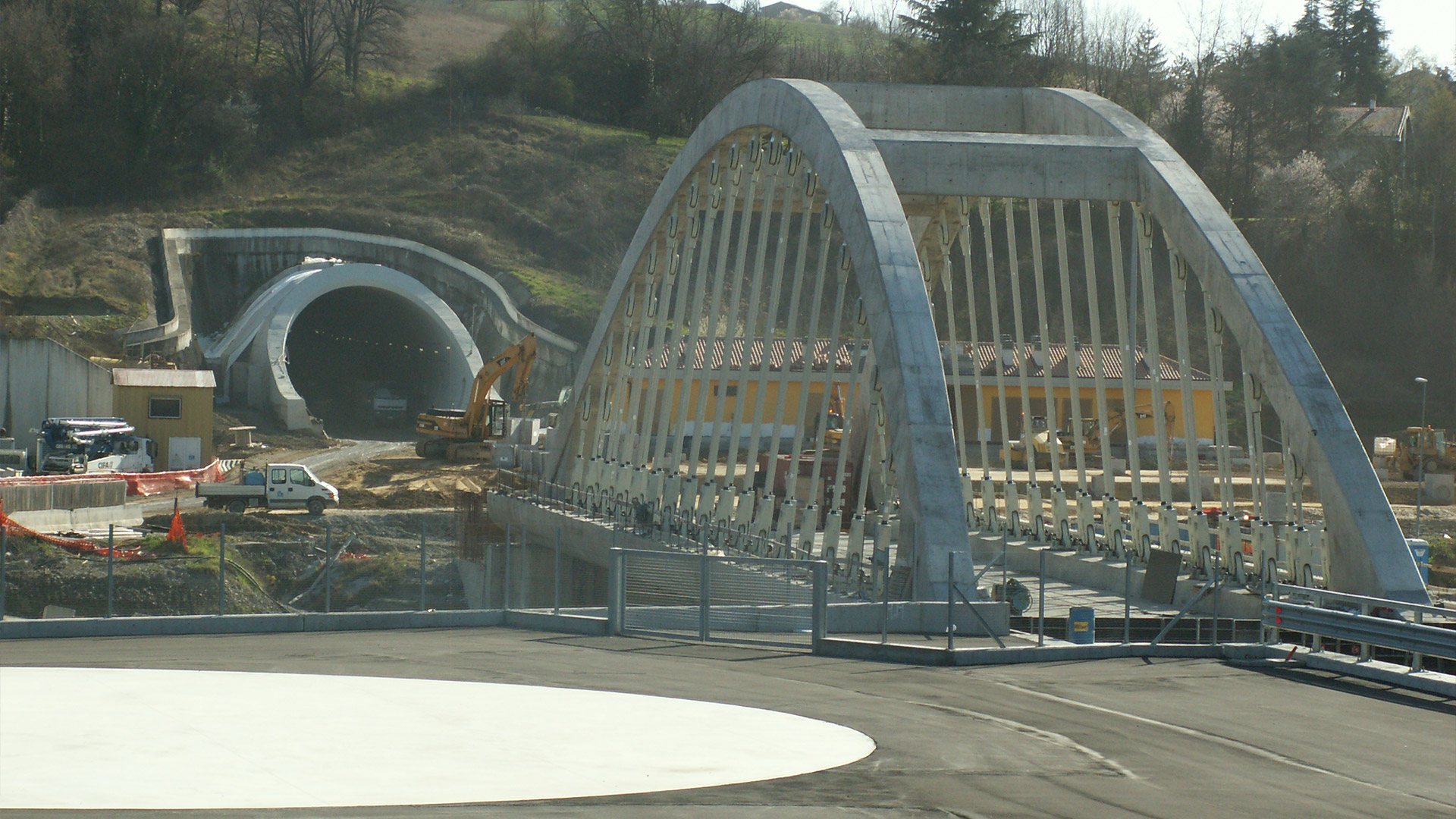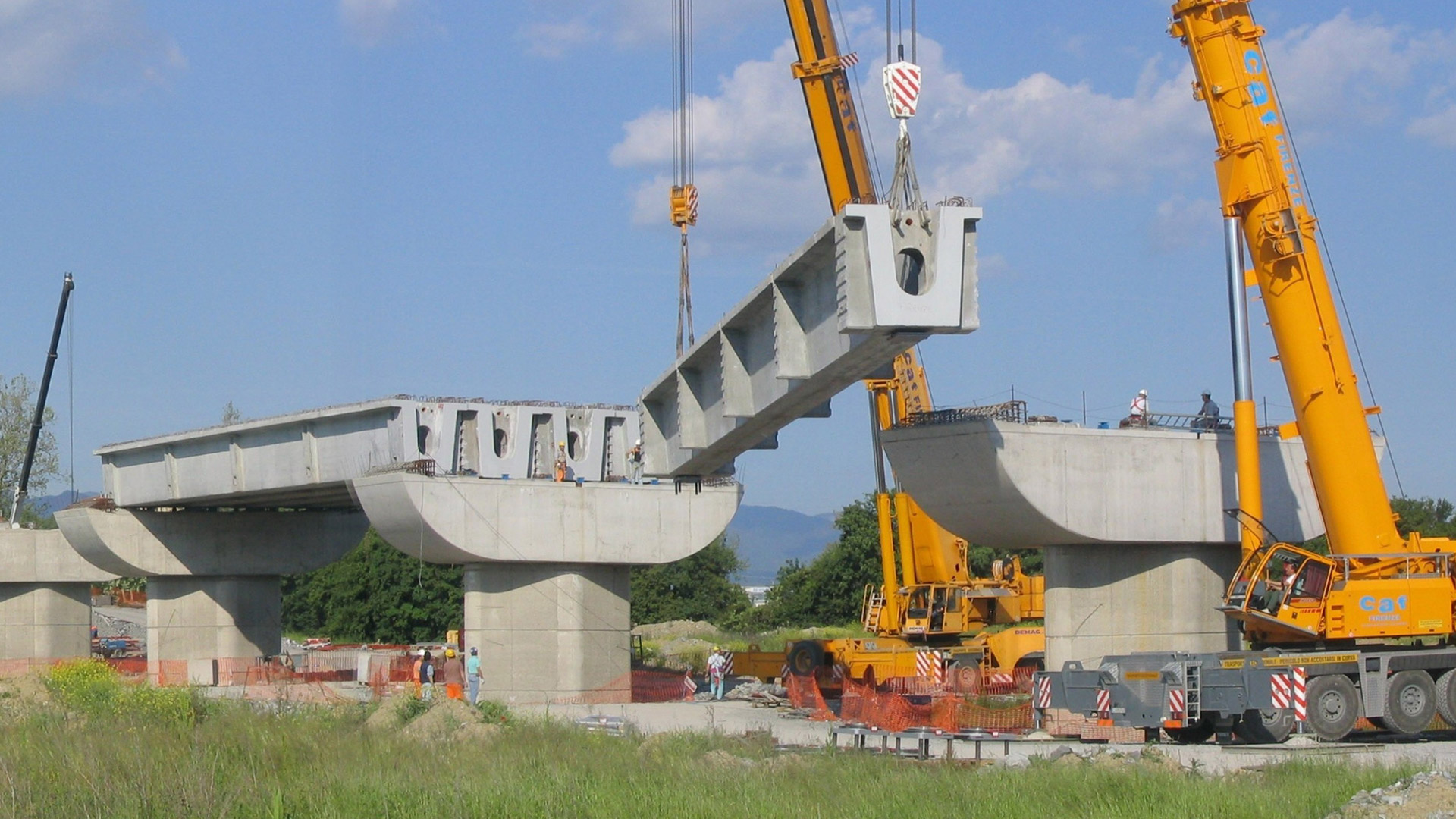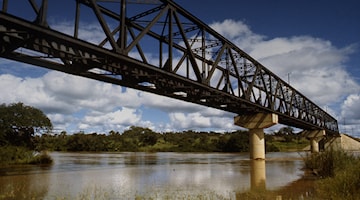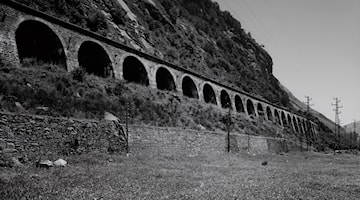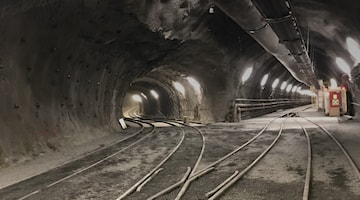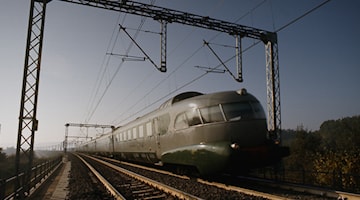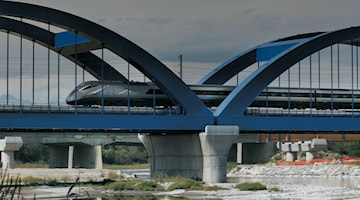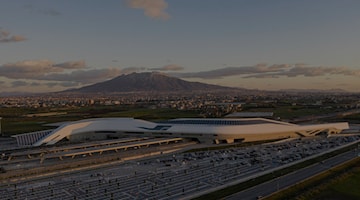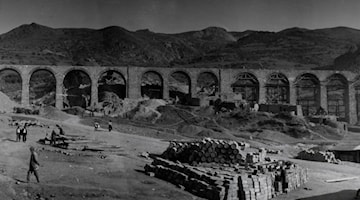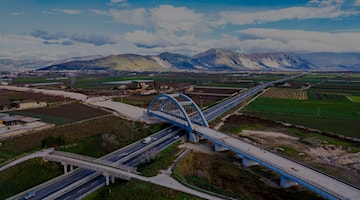Florence and Bologna in the blink of an eye
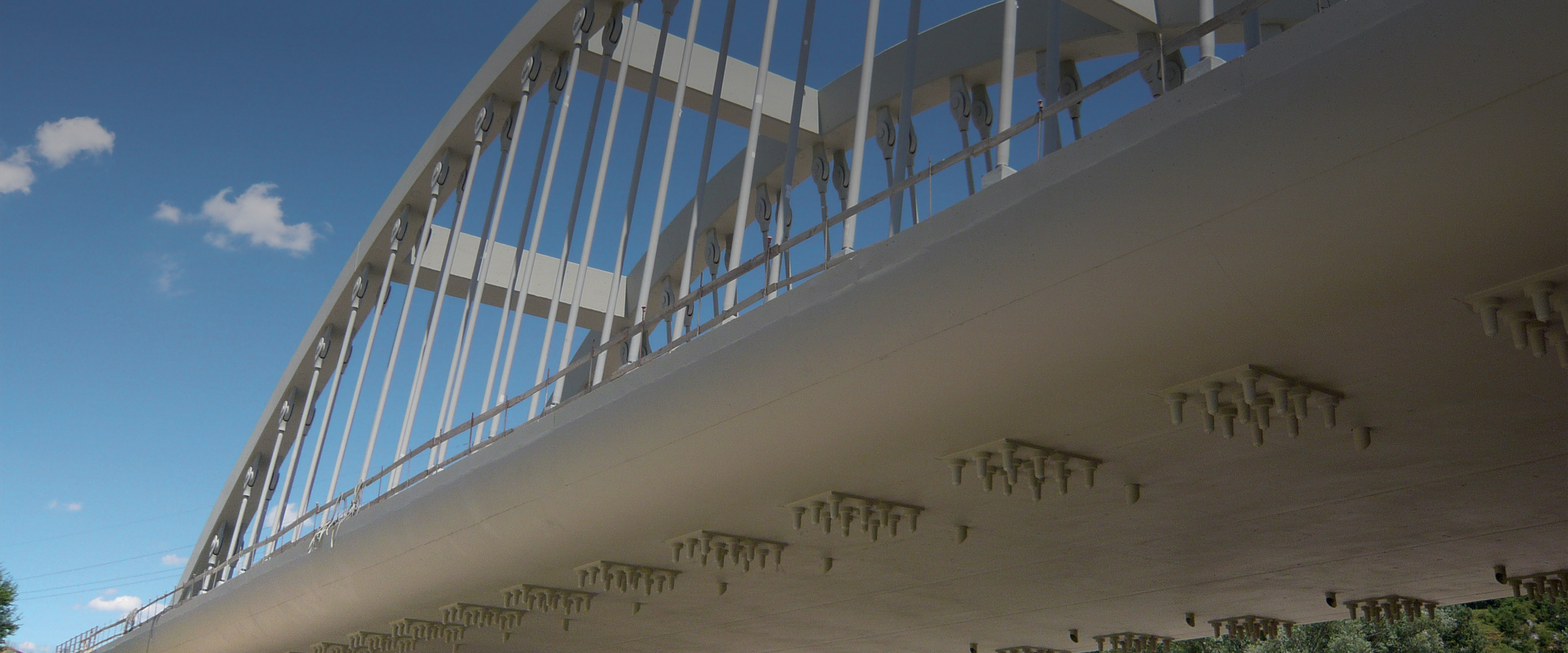
BOLOGNA-FLORENCE HIGH-SPEED / HIGH-CAPACITY RAILWAY, ITALY
Florence and Bologna are some eighty kilometres apart, and are divided by the Tuscan-Emilian Apennines, as fans of their respective teams know when they travel to see one of the league's classics: the Apennine derby.
Both cities have a history dating back thousands of years. Already, the Etruscans, for at least 4 centuries until the 4th century BC, crossed the valleys separating them by following a path between Fiesole (near which Etruscan Florence stood) and Felsina (present-day Bologna), thus developing their trade and dominance over the Po Valley.
The travel times? Six to four days of walking at, depending on physical fitness, about 15 hours on horseback. And so, it was for centuries and centuries, indeed millennia. Until the first trains and railroads arrived.
In 1864, just a year before the capital of Italy went from Turin to being Florence, the Porrettana pass line between Bologna and Pistoia was opened: a 5-hour steam train ride for a total of 70 km. During World War I, plans were approved for a double-track with electric traction, 31 tunnels and numerous viaducts. And by 1927, it took only 2.5 hours to travel it.
In 1934, further progress was made. The Bologna-Florence Direttissima line was built: the travel time was 75 minutes, thanks in part to the large 18,507-meter-long Apennine tunnel. An Italian record until 2009. It was then surpassed, by just over 200 meters, by the Vaglia tunnel (18,713 meters, the 15th in the world). The latter was made for the new Florence-Bologna railway line: 79 km in 35 minutes.
The HS/HC Florence-Bologna railway line also has two interconnections with the historic line (9.5 km in all). It crosses six Florentine and six Bolognese municipalities, making Florence and Bologna a sole, large trans-Apennine city with even stronger tourism and commercial capabilities. Finally, it is a key piece of the European Green Deal, the European plan that aims for a 90 percent reduction in emissions by 2050, with a doubling of rail freight and high-speed rail traffic throughout Europe by 2030.

THE WORK AND THE TECHNIQUE
KM LINE LENGTH
KM BRIDGES AND VIADUCTS (NO. 6)
KM NATURAL TUNNELS
KM ARTIFICIAL TUNNELS
KM INTERCONNECTIONS WITH THE HISTORIC LINE (NO. 2)
M³ OPEN PIT EXCAVATION
M³ CONCRETE
TONS STEEL
Ferrovie dello Stato S.p.A.
Consorzio Alta Velocità Emilia-Toscana (CAVET), lead contractor Salini Impregilo (later merged into the Webuild Group).
The project represented a high-speed quadrupling of the Italian rail network and system. Due to its size, technical and organizational difficulties, deployment of means and human resources as well as the orographic and hydrogeological characteristics of the Tuscan-Emilian Apennines to be crossed, the Bologna-Florence high-speed and high-capacity section was a major engineering challenge for our country and one of the most important projects in Europe.

CULTURAL INSIGHTS

You could also be interested in







